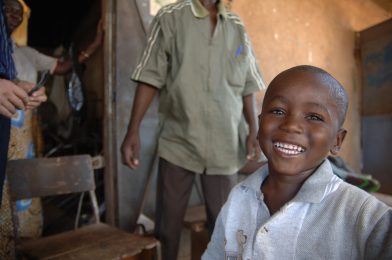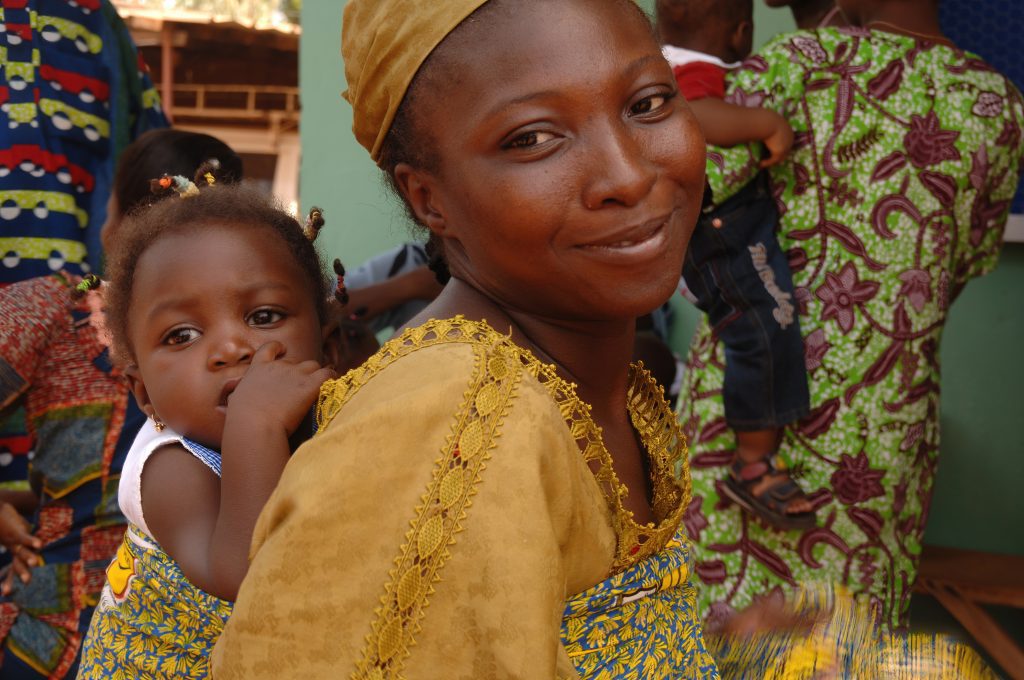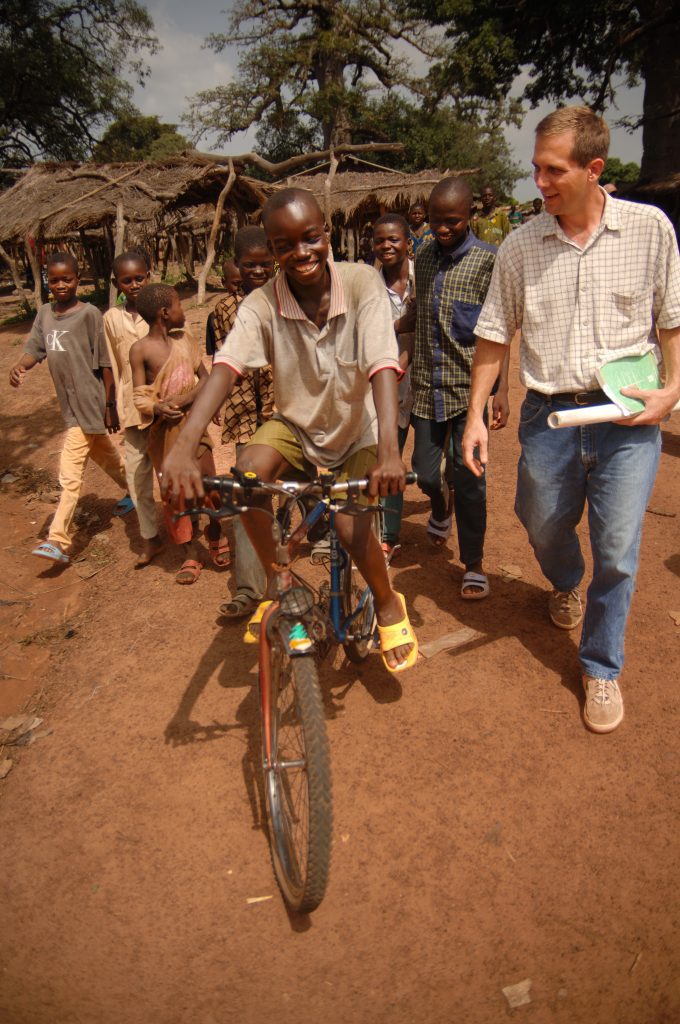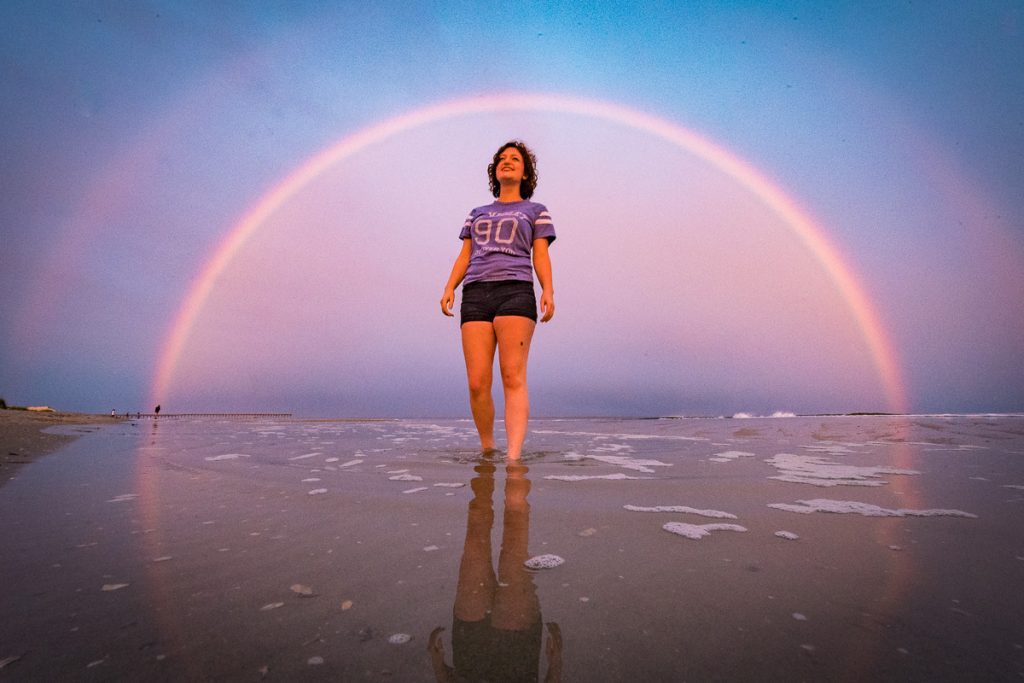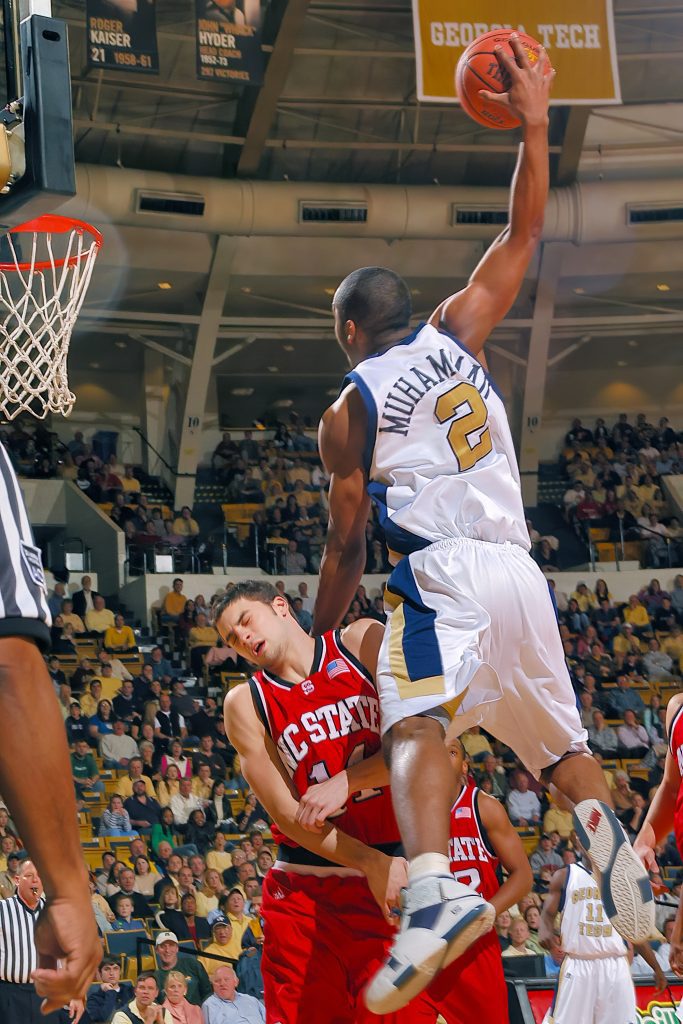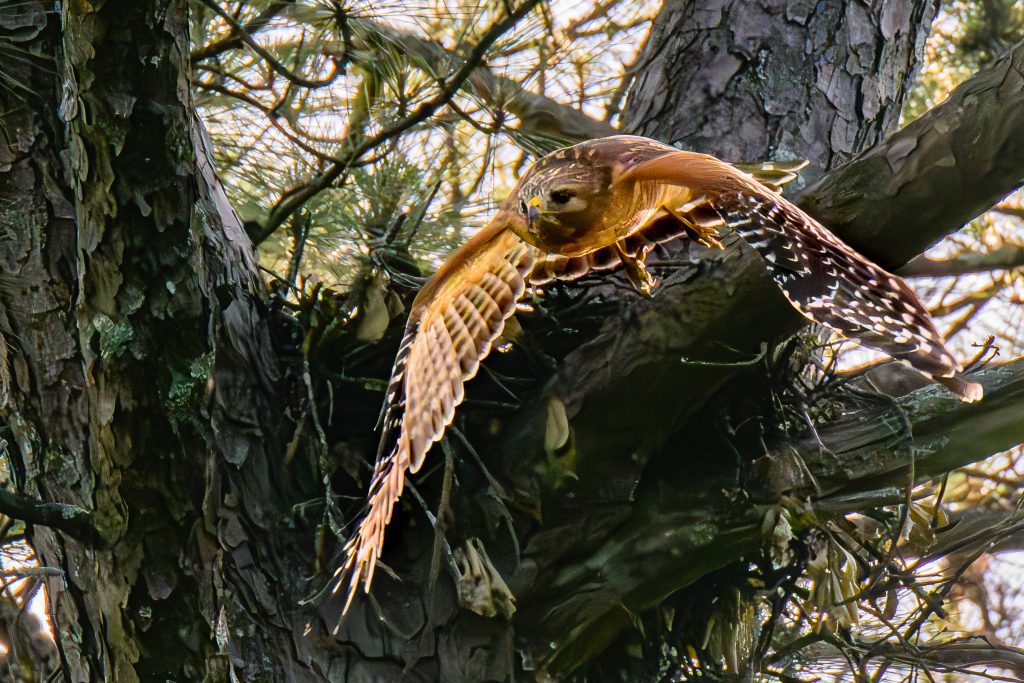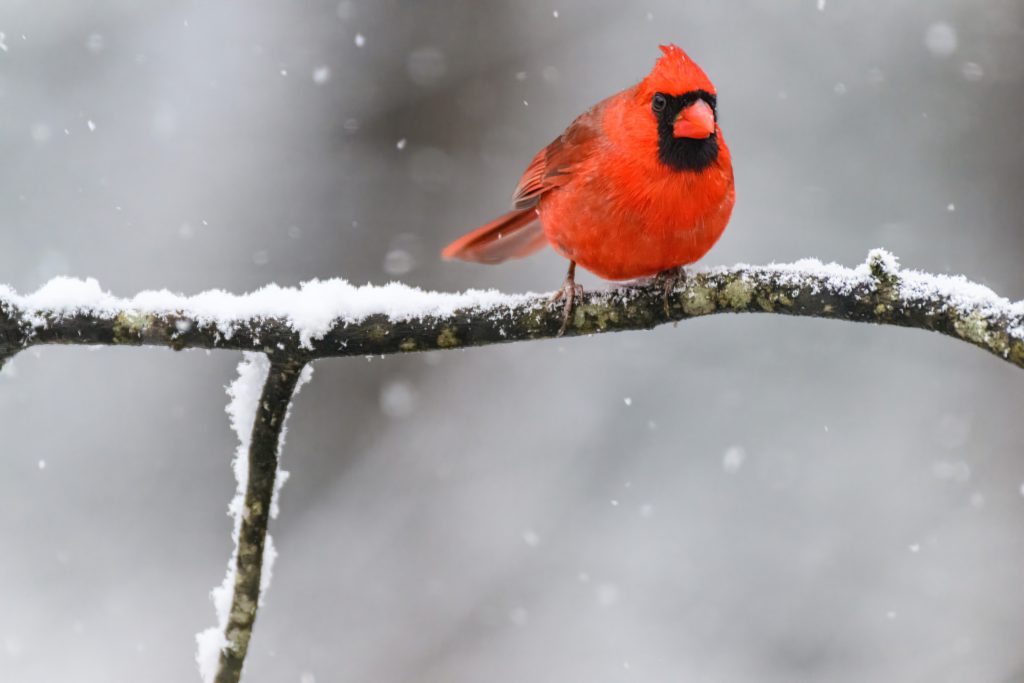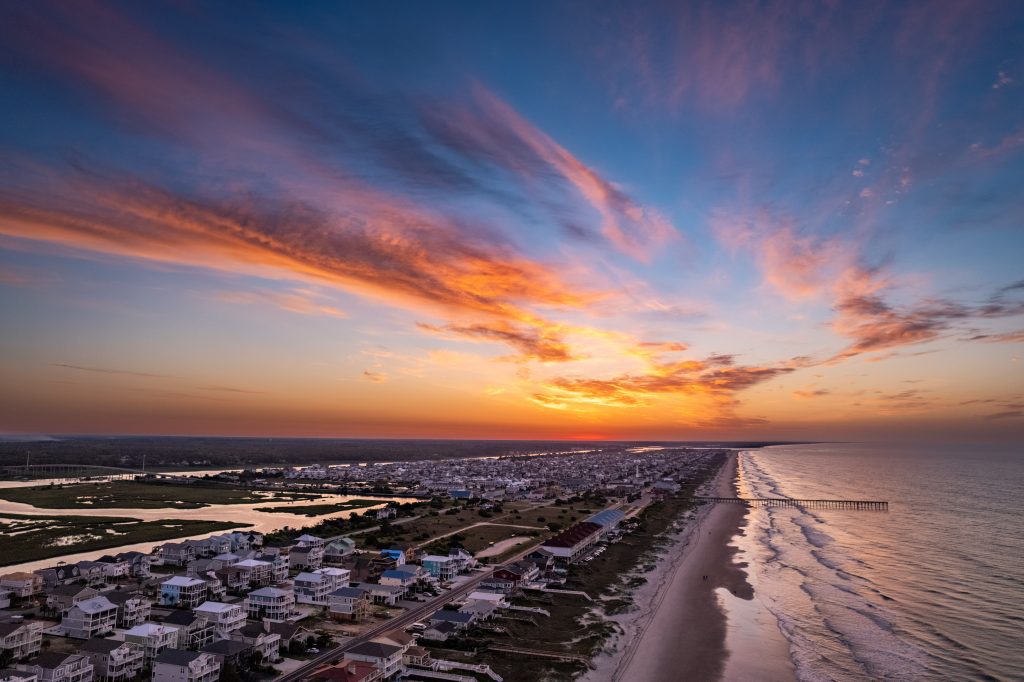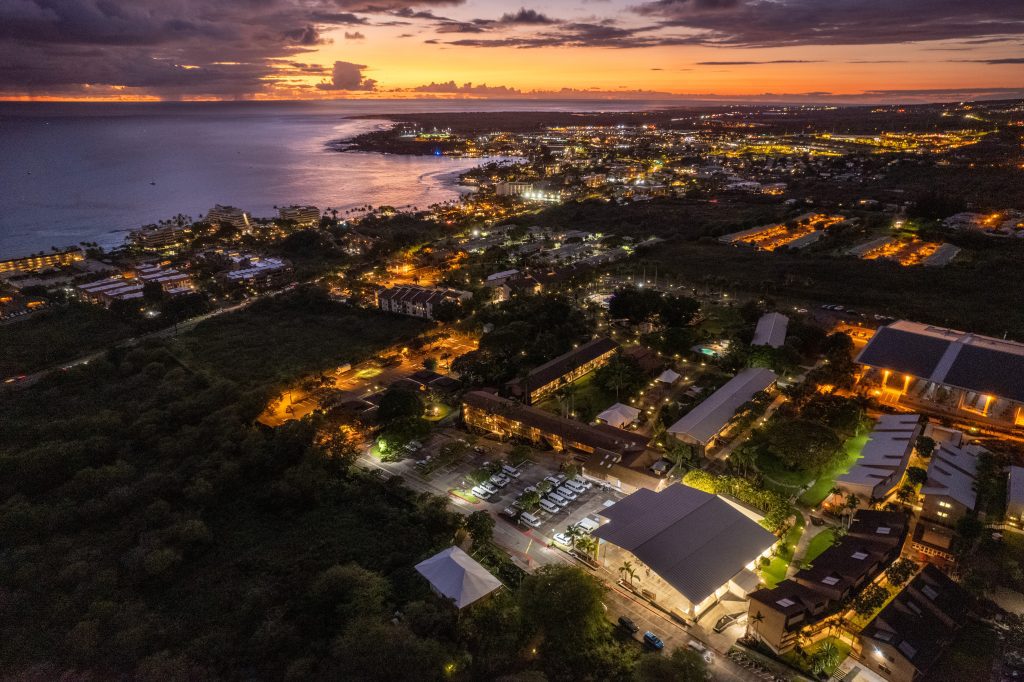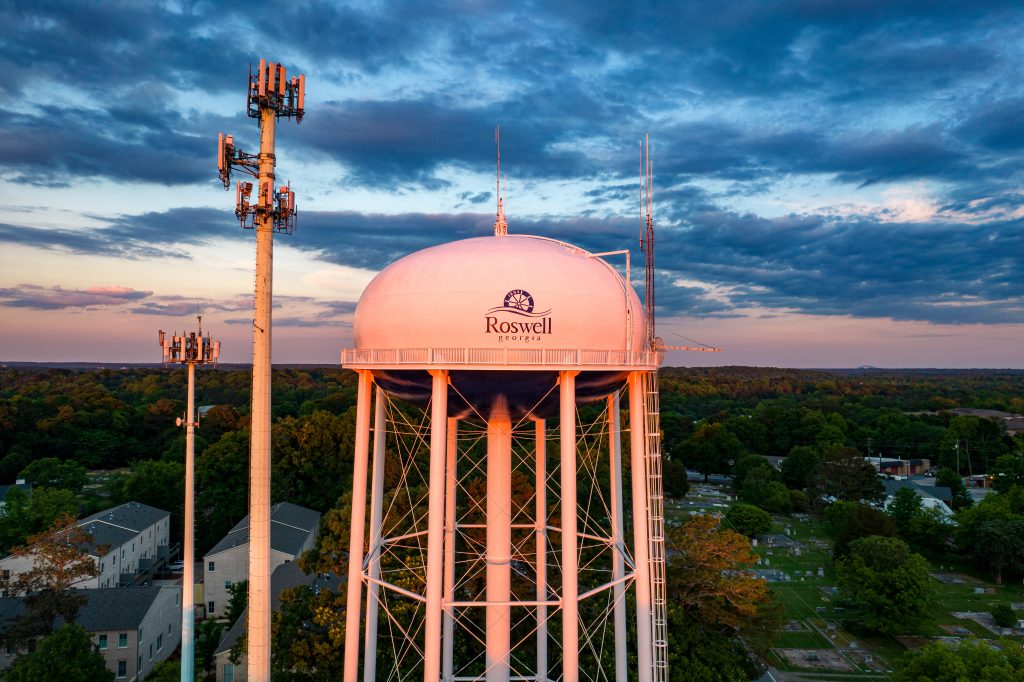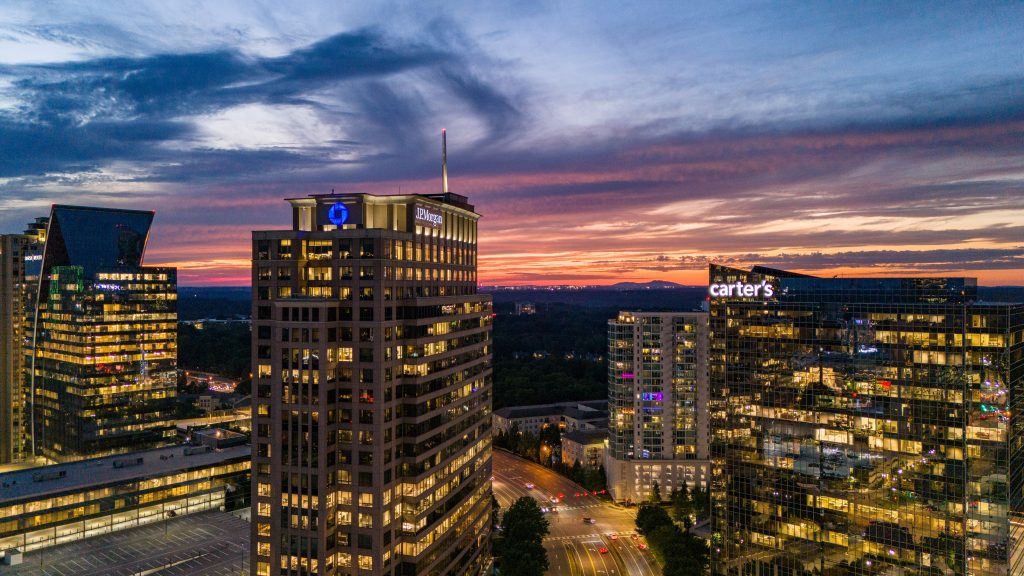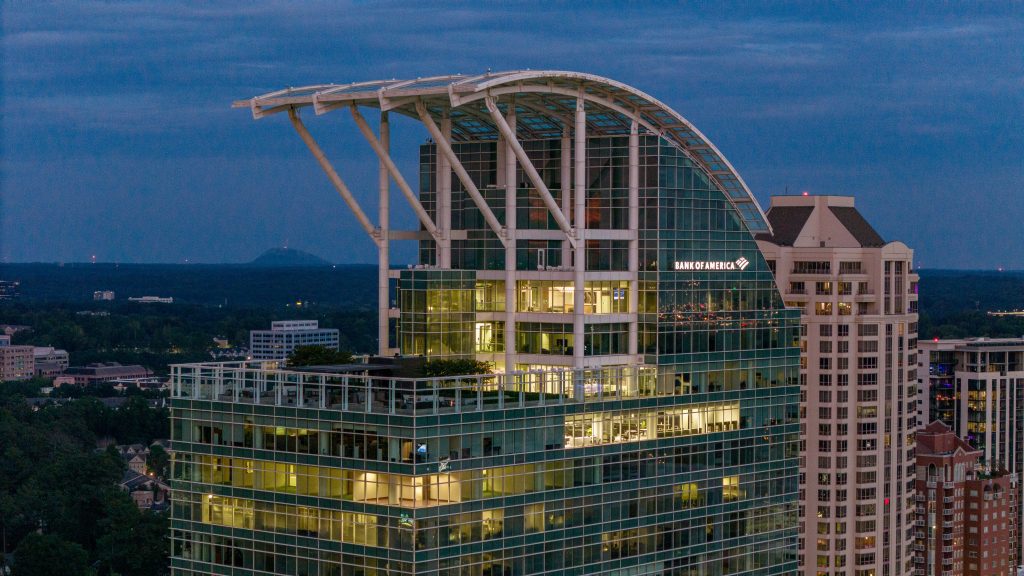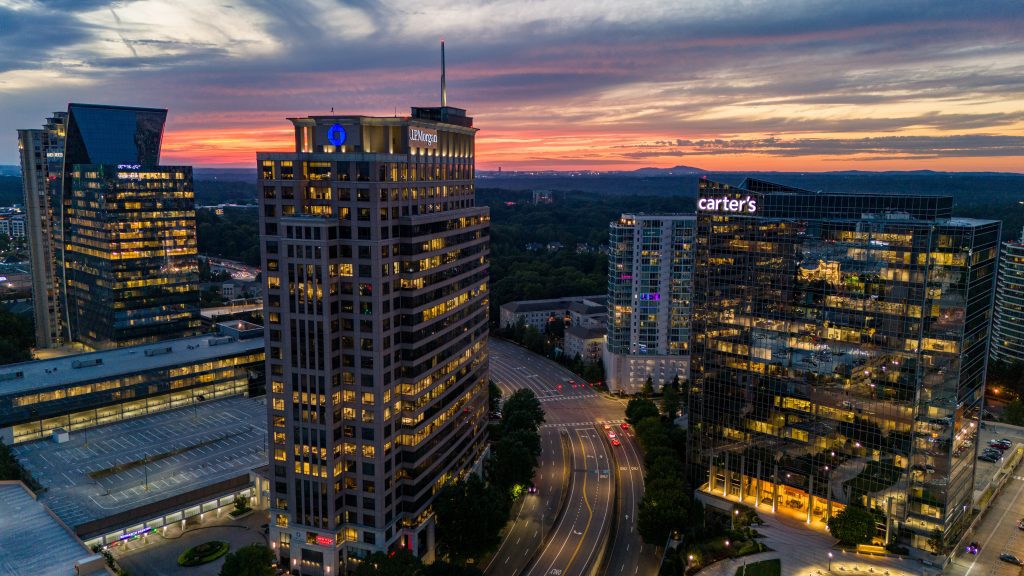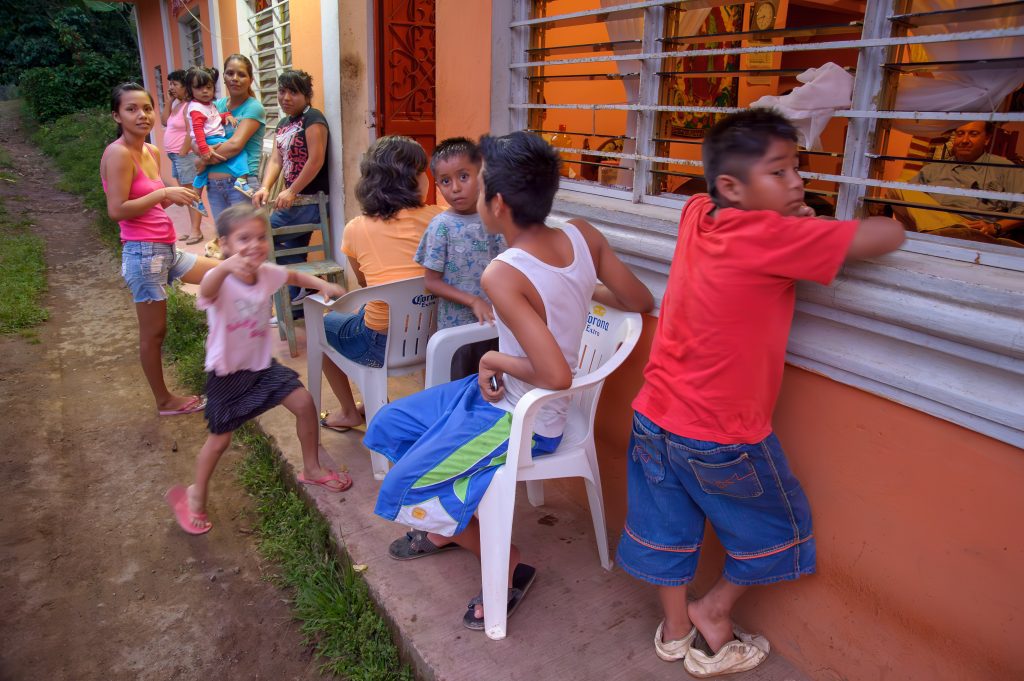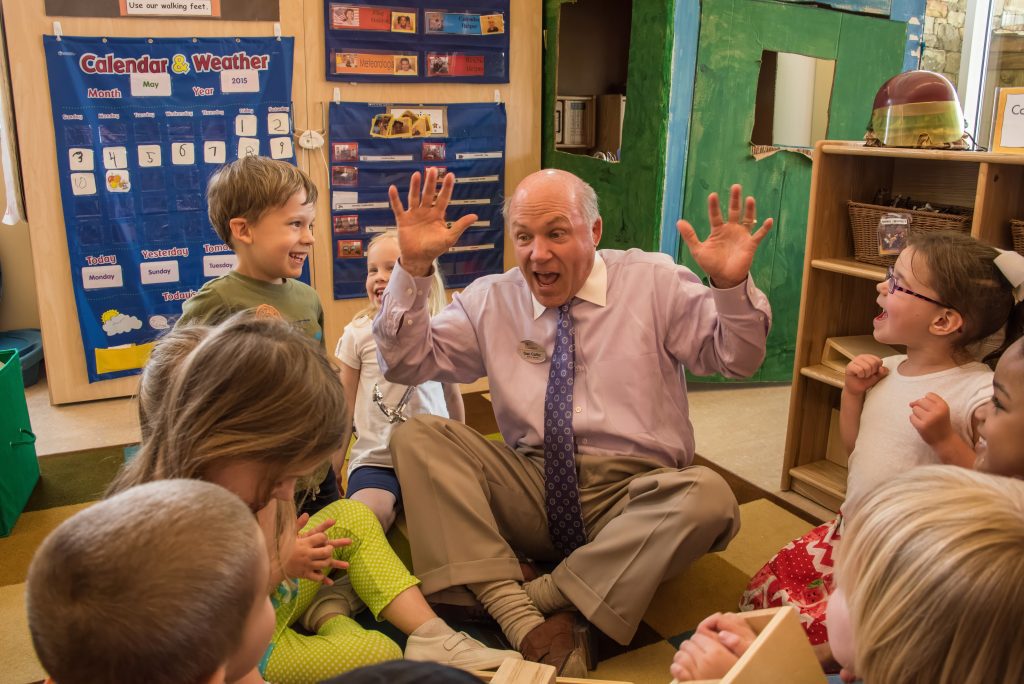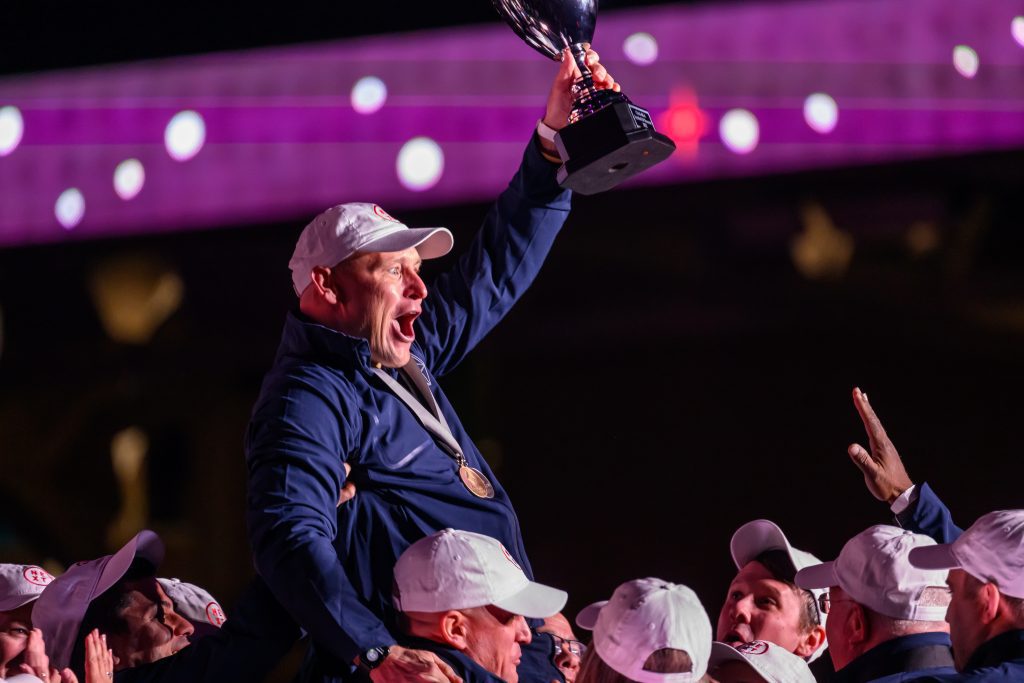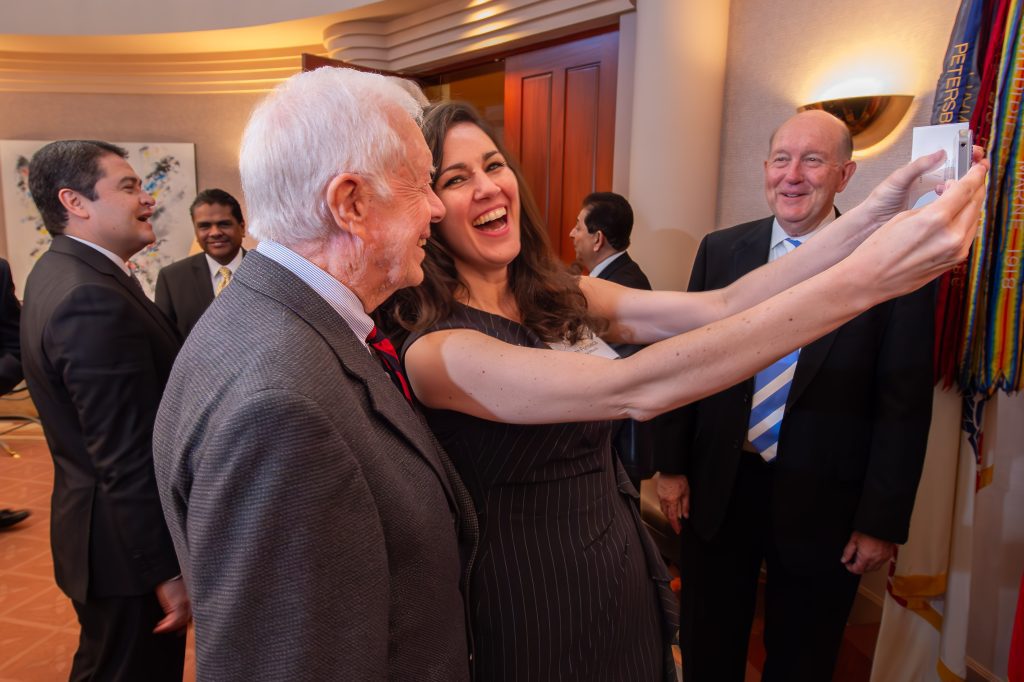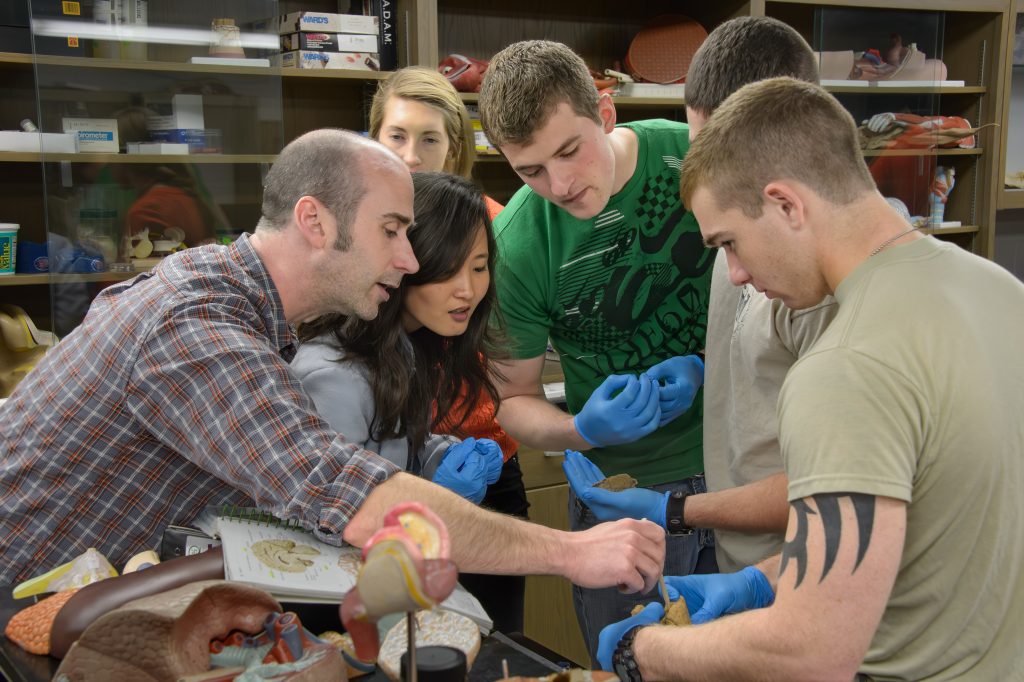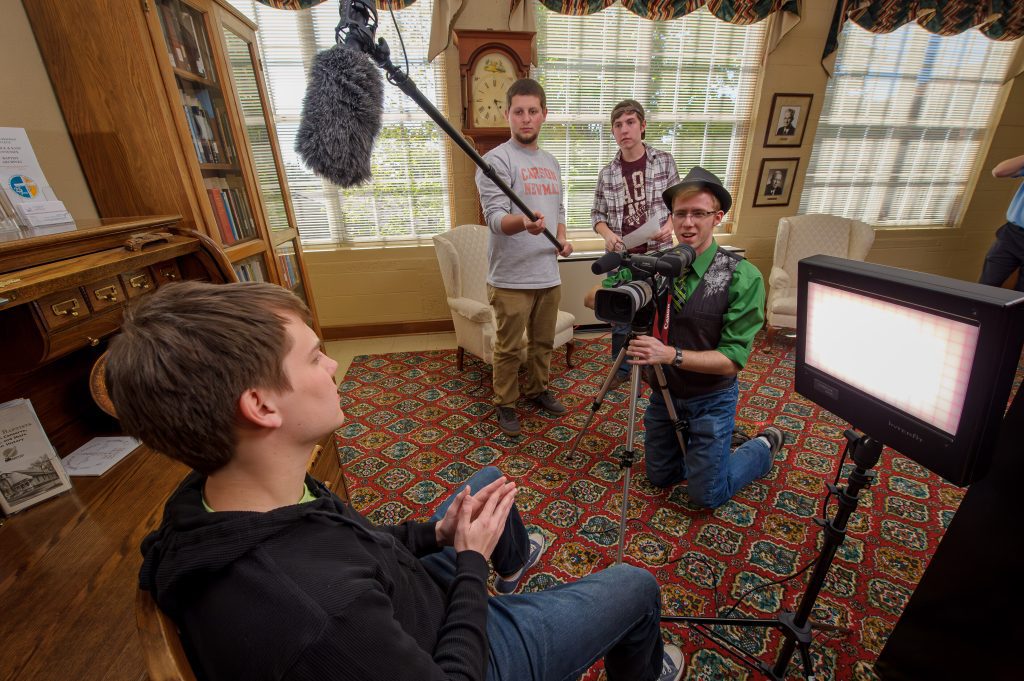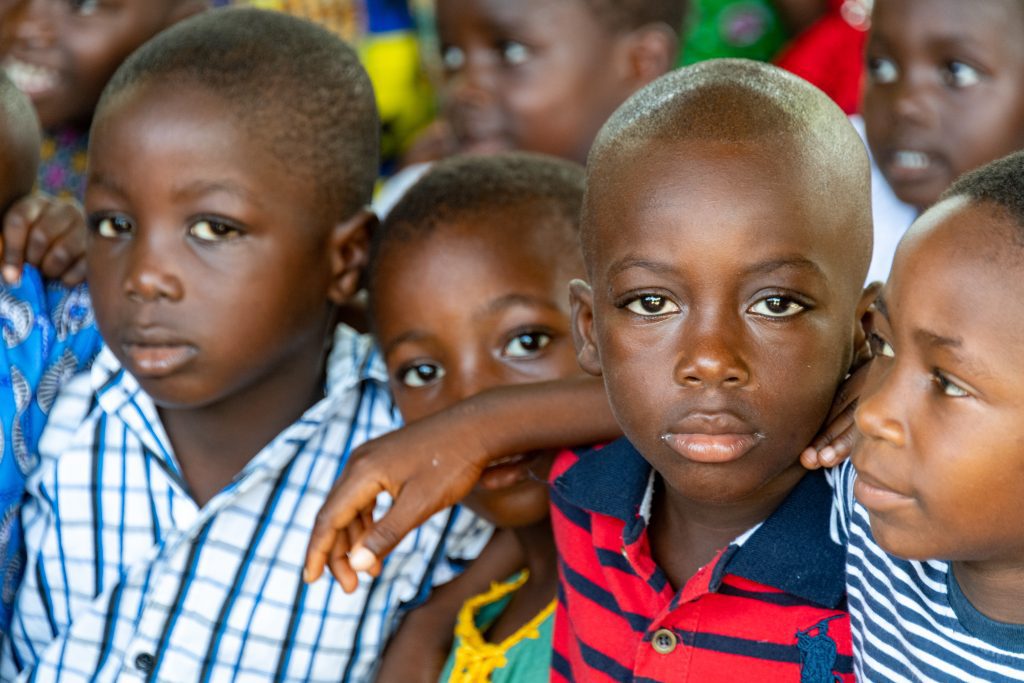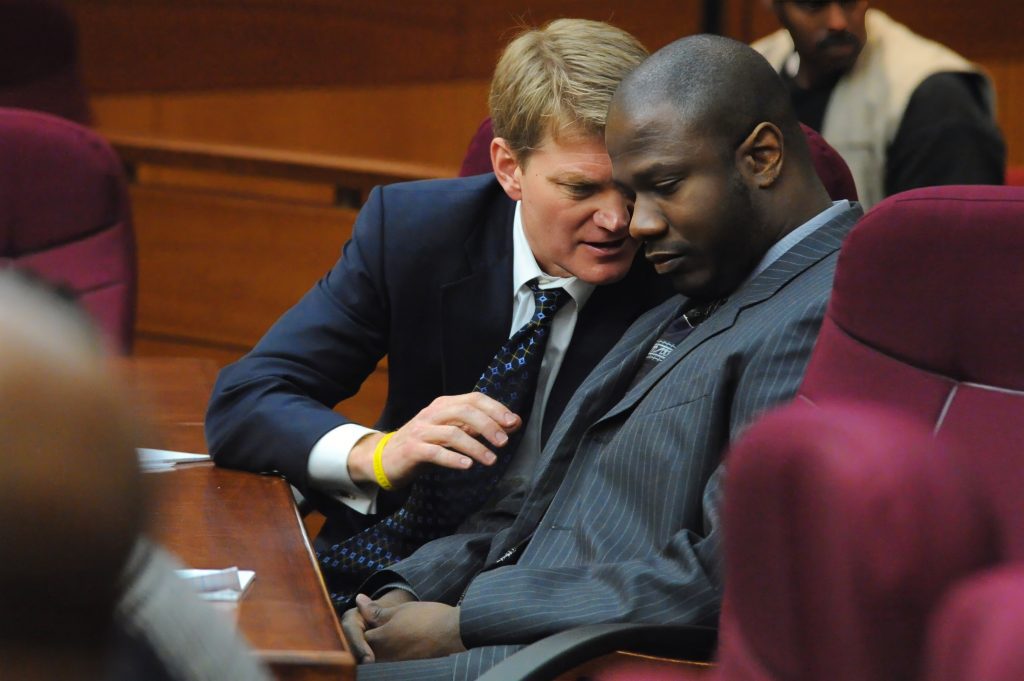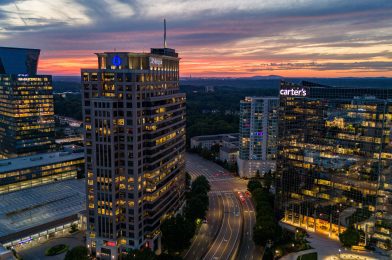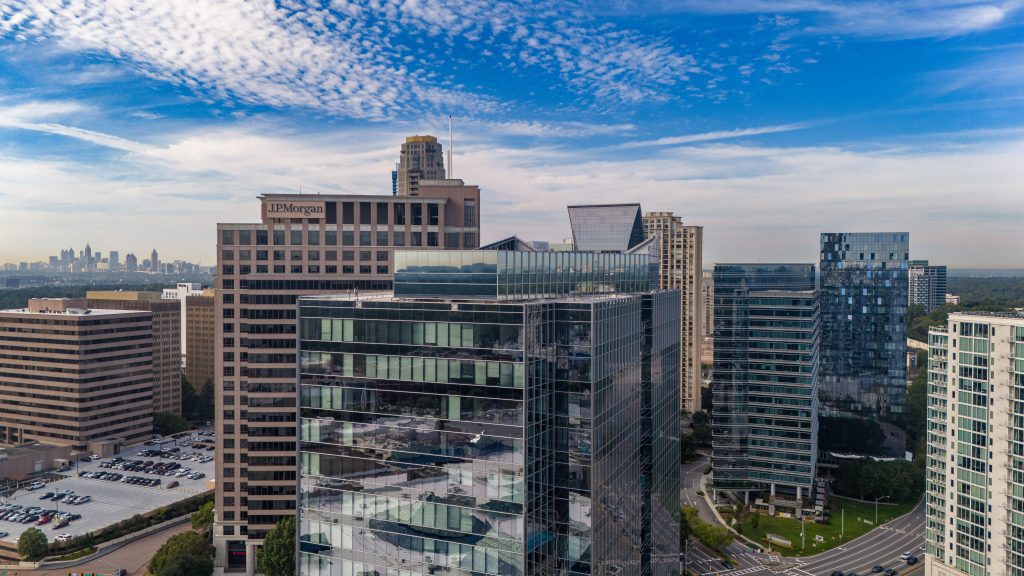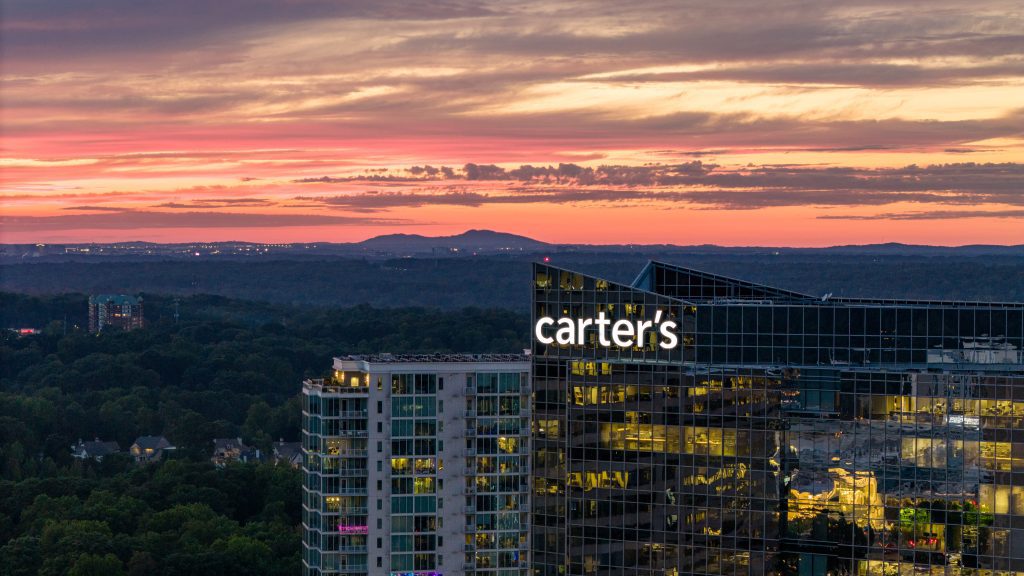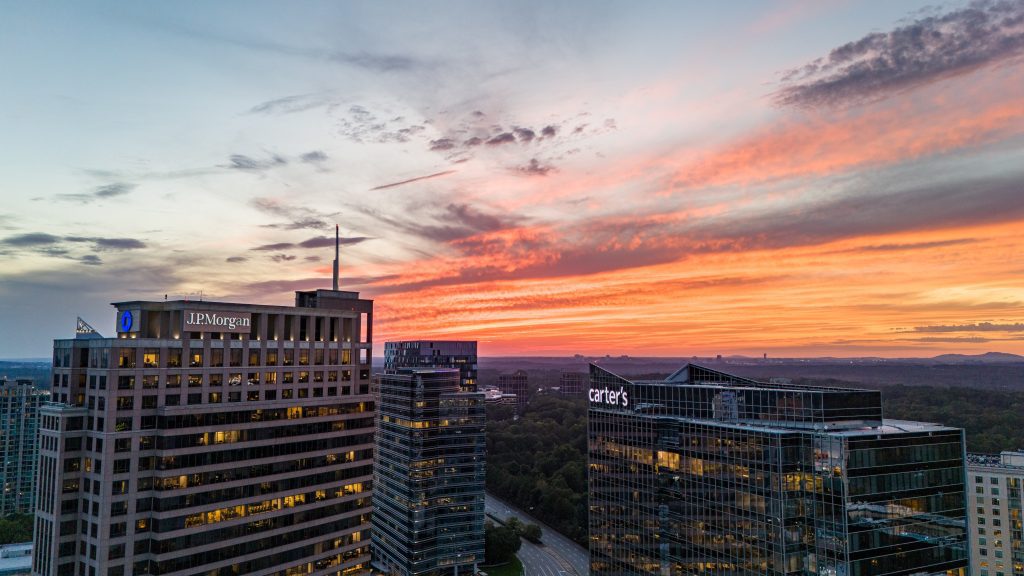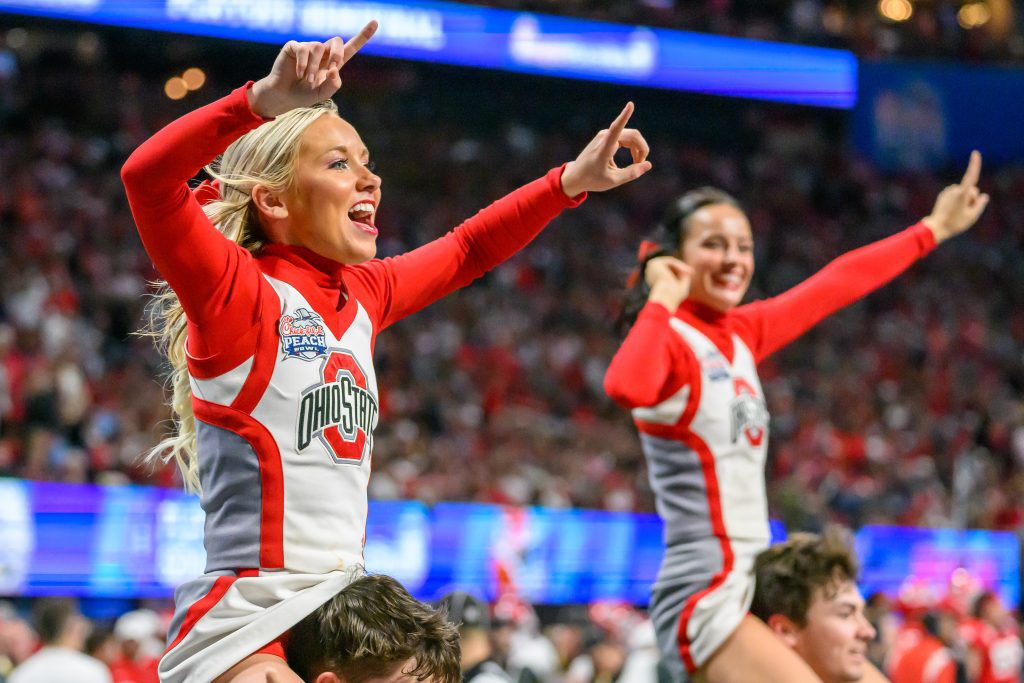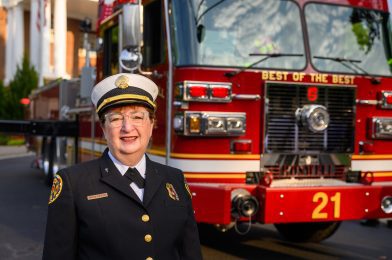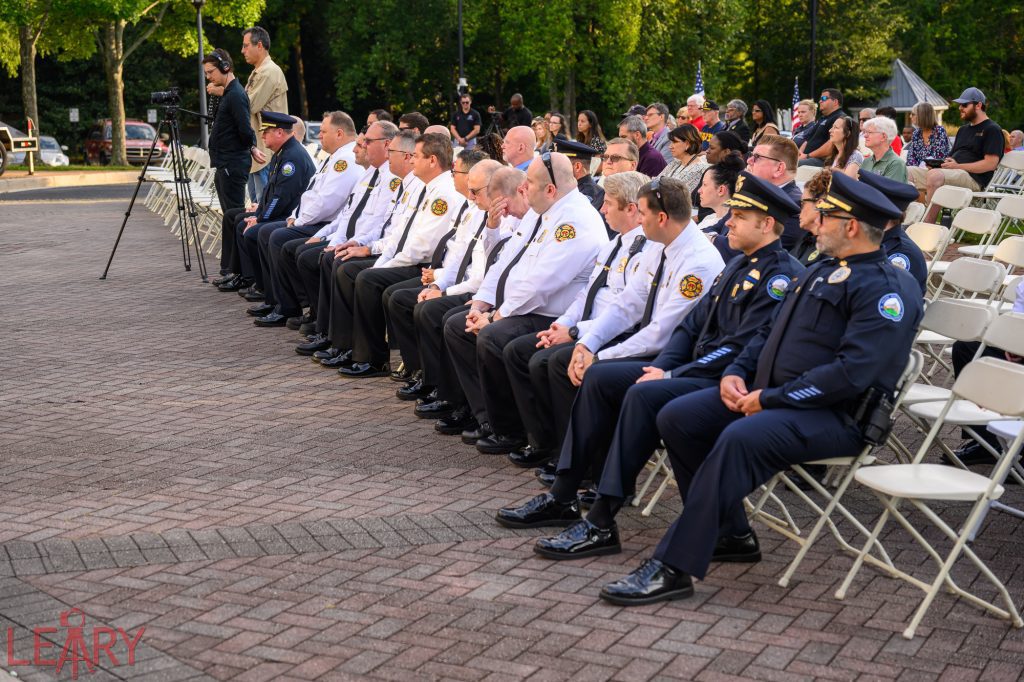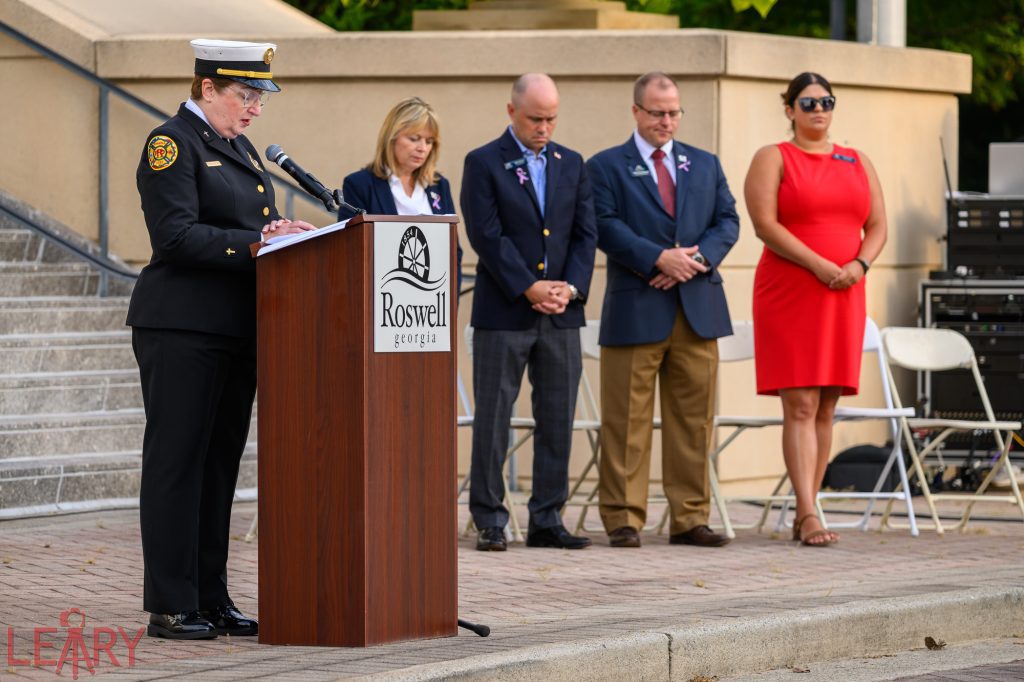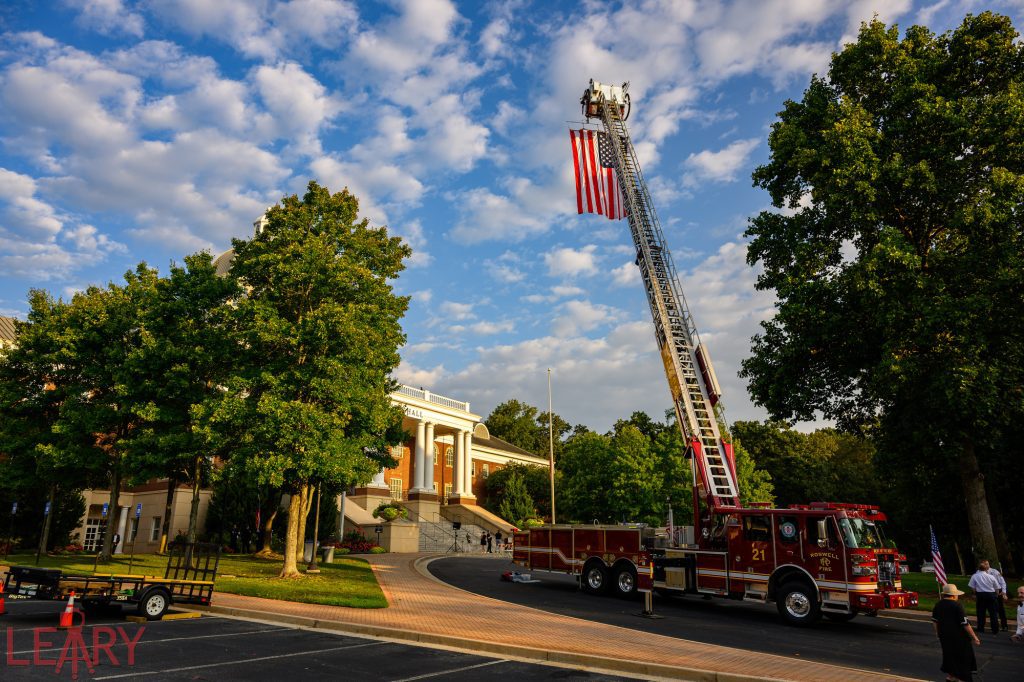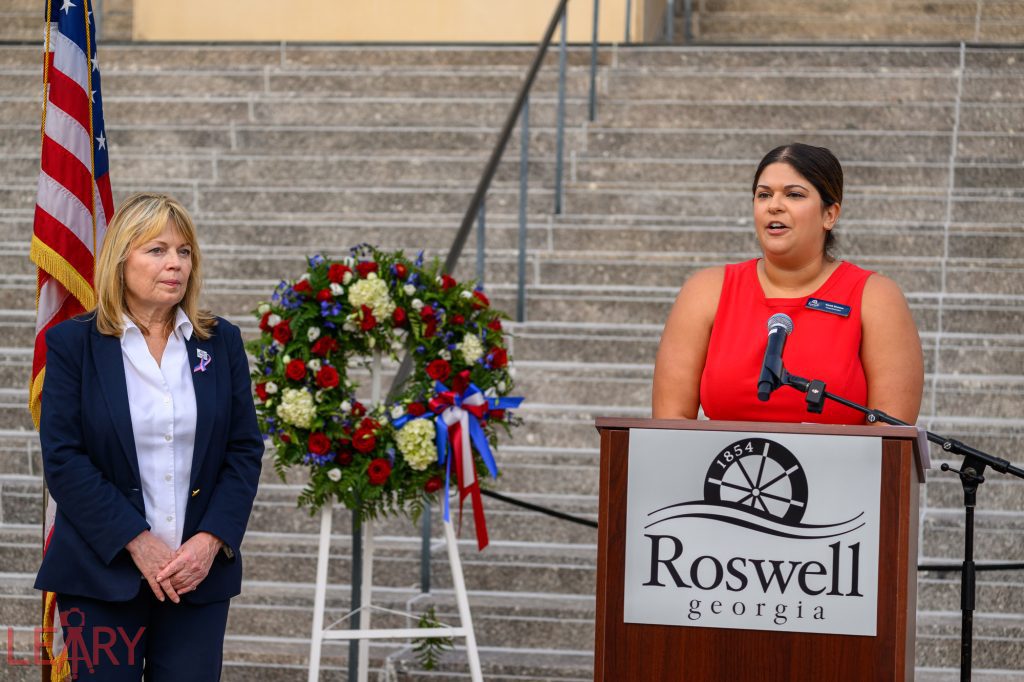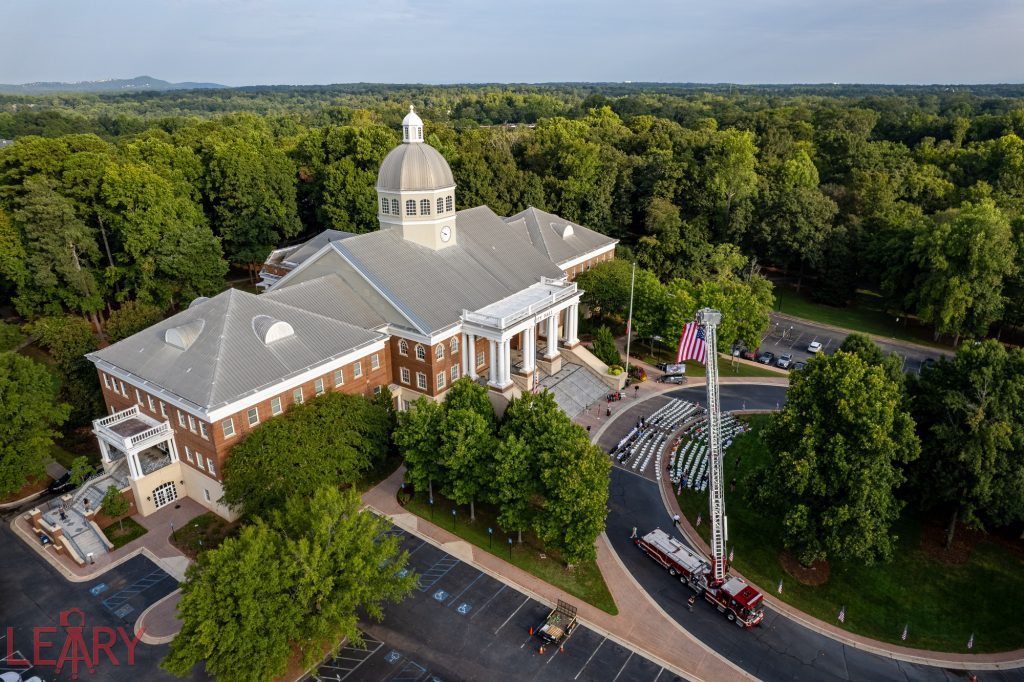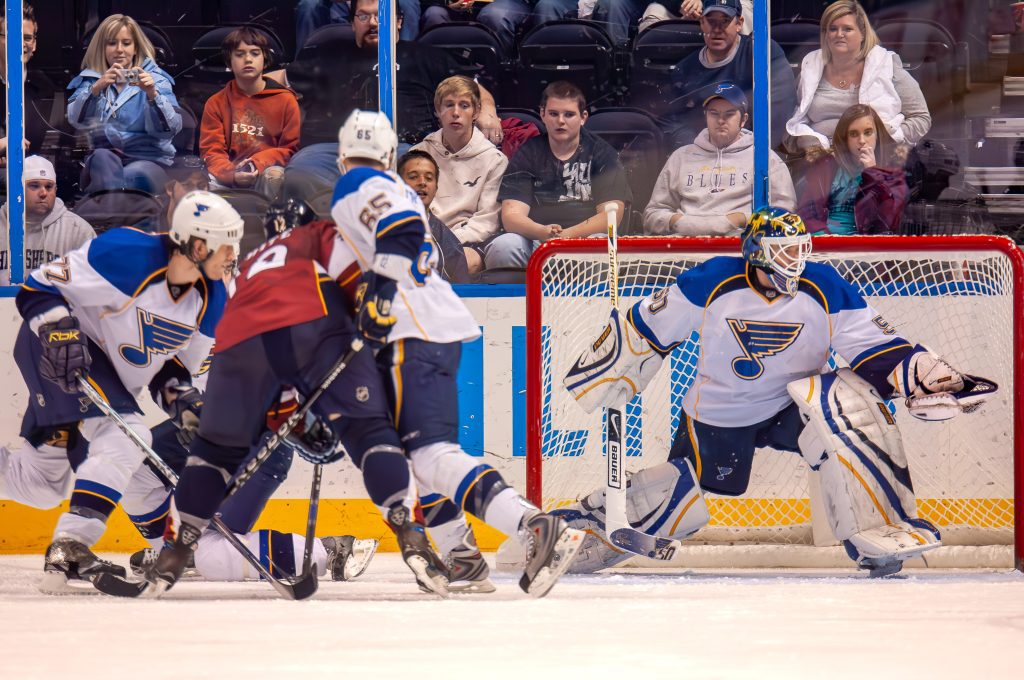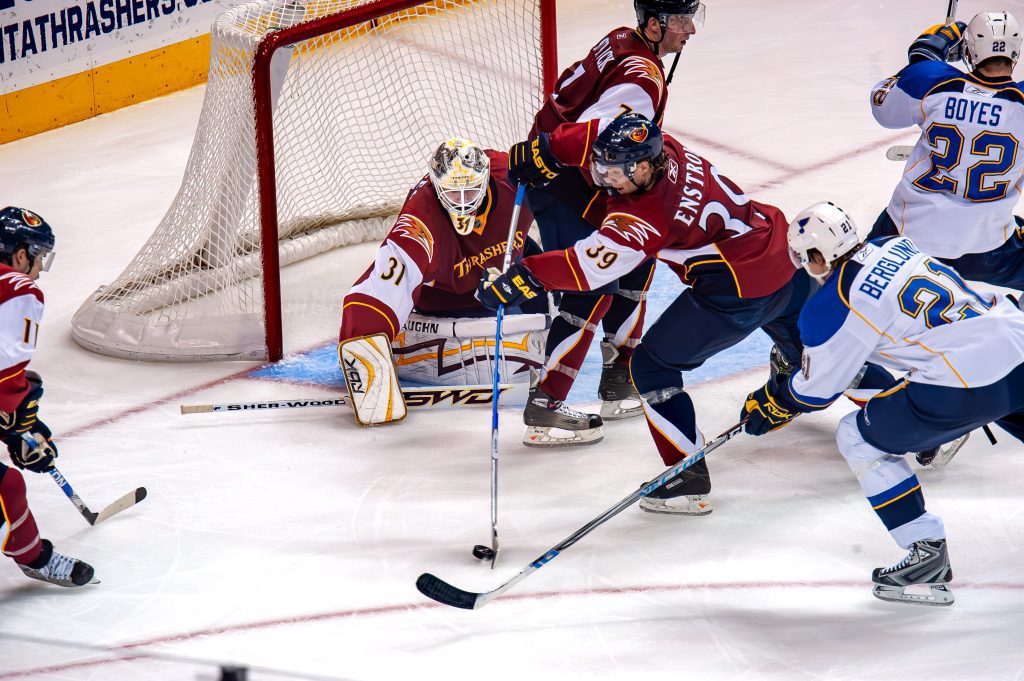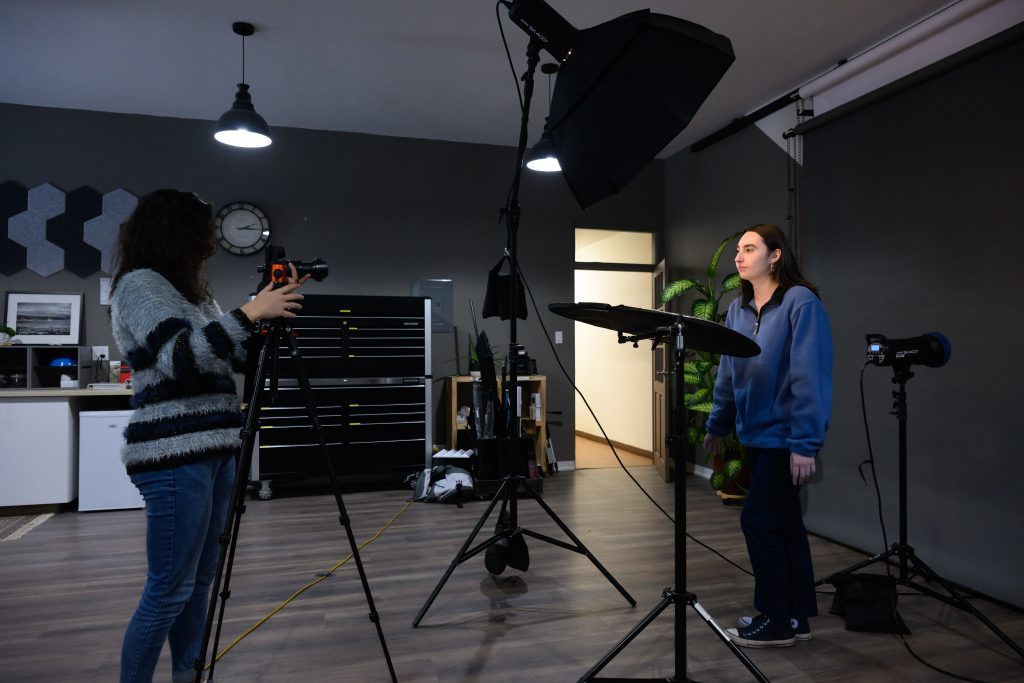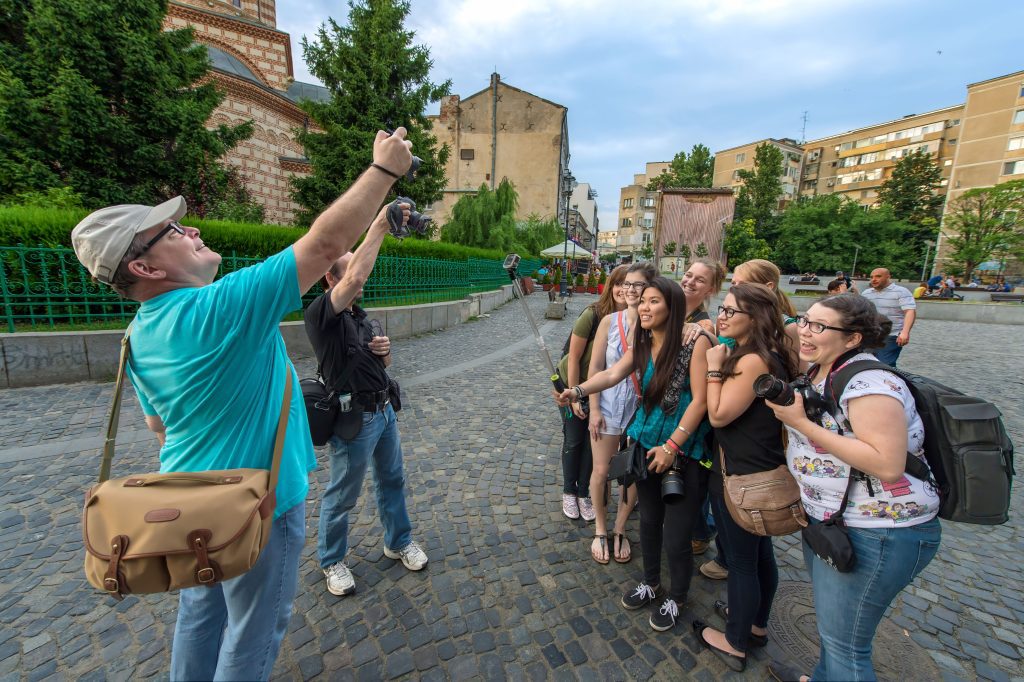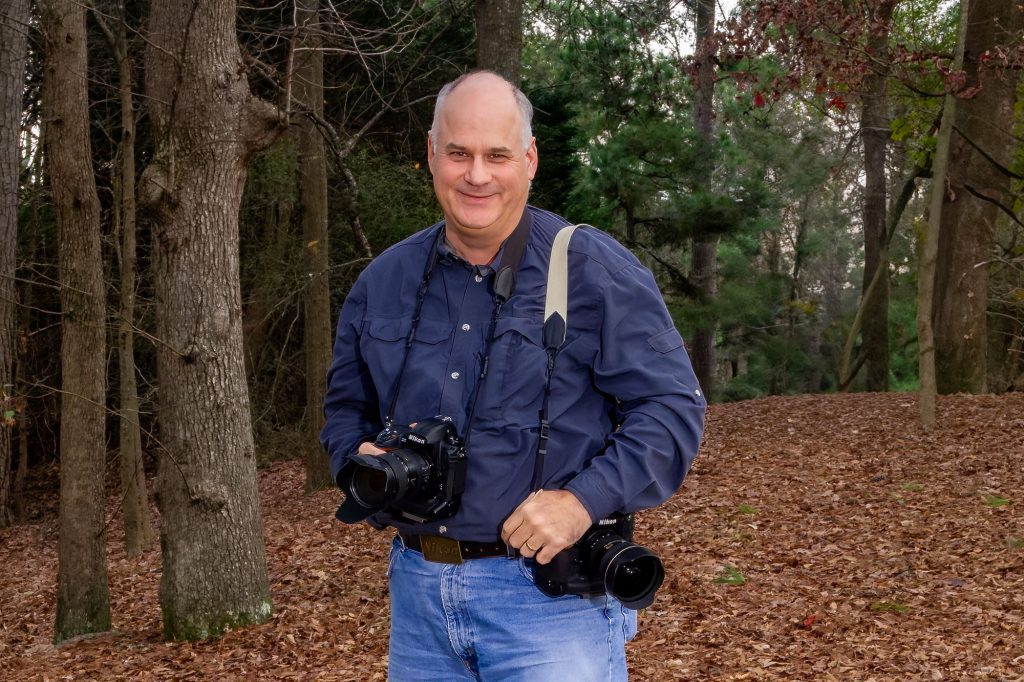In recent years, there has been a significant shift in how we capture and share moments, tell stories, and market products or services. Integrating drone photography is one of the most transformative innovations in this regard. Drones equipped with high-quality cameras have soared into popularity, and for good reason. They have revolutionized how we capture visuals, offering unique perspectives and a new dimension to storytelling and marketing. In this blog post, we’ll explore why drone photos are so helpful and why they are used extensively in today’s storytelling and marketing efforts.

1. A Fresh Perspective
Drones provide a fresh perspective on familiar subjects. Whether it’s a sprawling landscape, a bustling cityscape, or a corporate office, drones offer a unique viewpoint that’s hard to achieve with traditional photography or videography. This fresh perspective instantly captures the audience’s attention, making it an invaluable tool for marketers and storytellers. Drones can capture breathtaking aerial shots, revealing details and patterns often hidden from the ground.
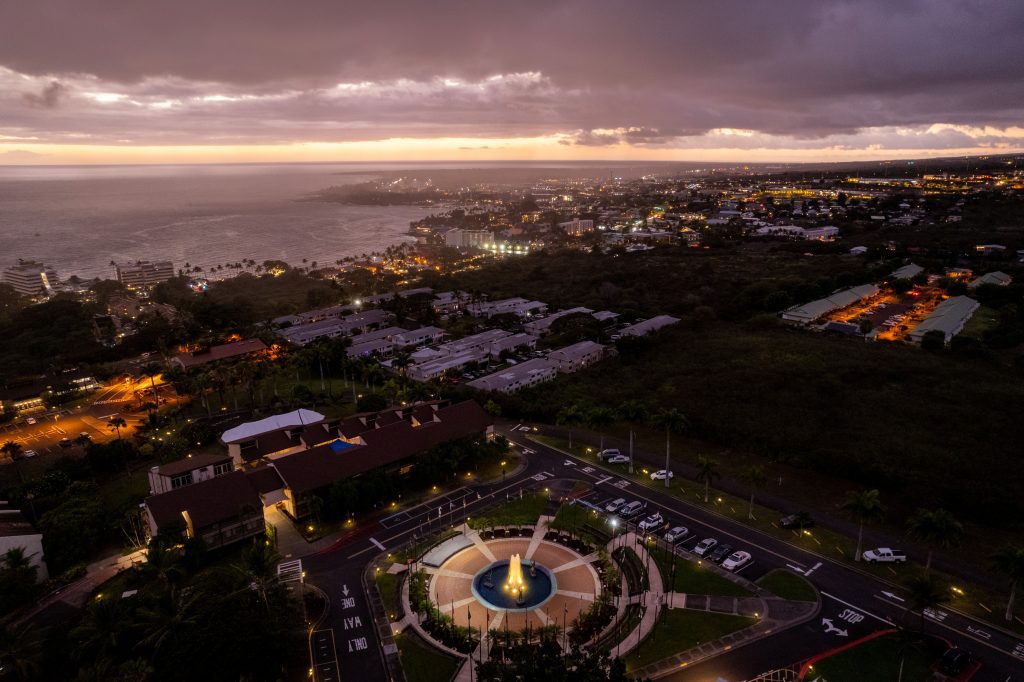
2. Visual Engagement
In a world inundated with content, visual engagement is critical. Drones create a visually stunning and dynamic range that holds viewers’ attention. Aerial shots, sweeping panoramas, and cinematic flyovers are visually appealing and emotionally engaging. They evoke a sense of wonder and captivate the audience, making them more likely to remember the message.
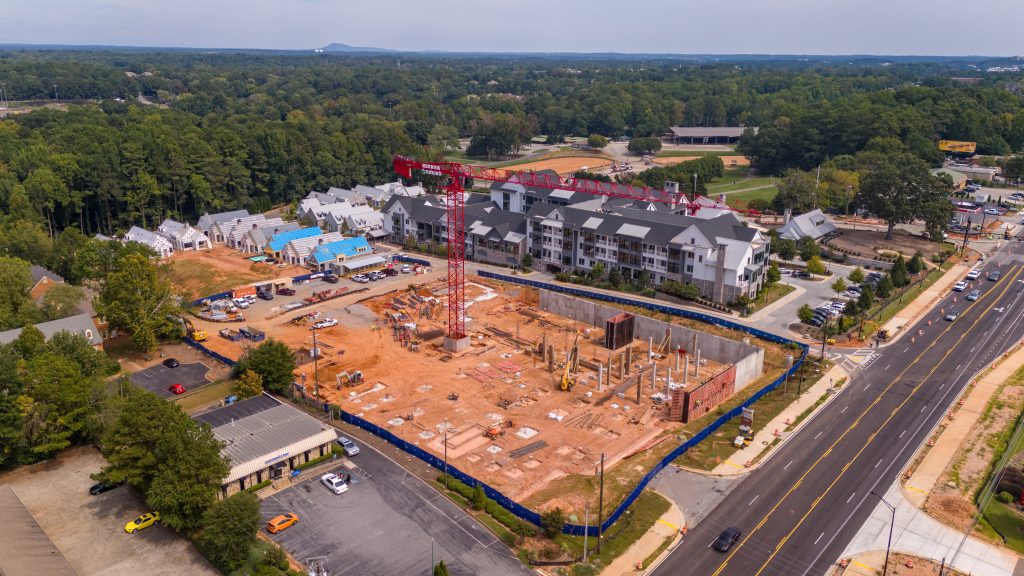
3. Versatility
Drones are versatile tools used in various storytelling and marketing scenarios. They are equally at home in real estate listings, travel documentaries, product launches, and corporate videos. This adaptability makes them an indispensable asset for creative professionals and businesses looking to showcase their offerings compellingly.

4. Cost-Effective
Drones are a more cost-effective option compared to traditional methods of capturing aerial footage, such as helicopters or cranes. They require less manpower, equipment, and time. This cost-efficiency makes drone photography accessible to more storytellers and businesses, leveling the playing field in visual content creation.
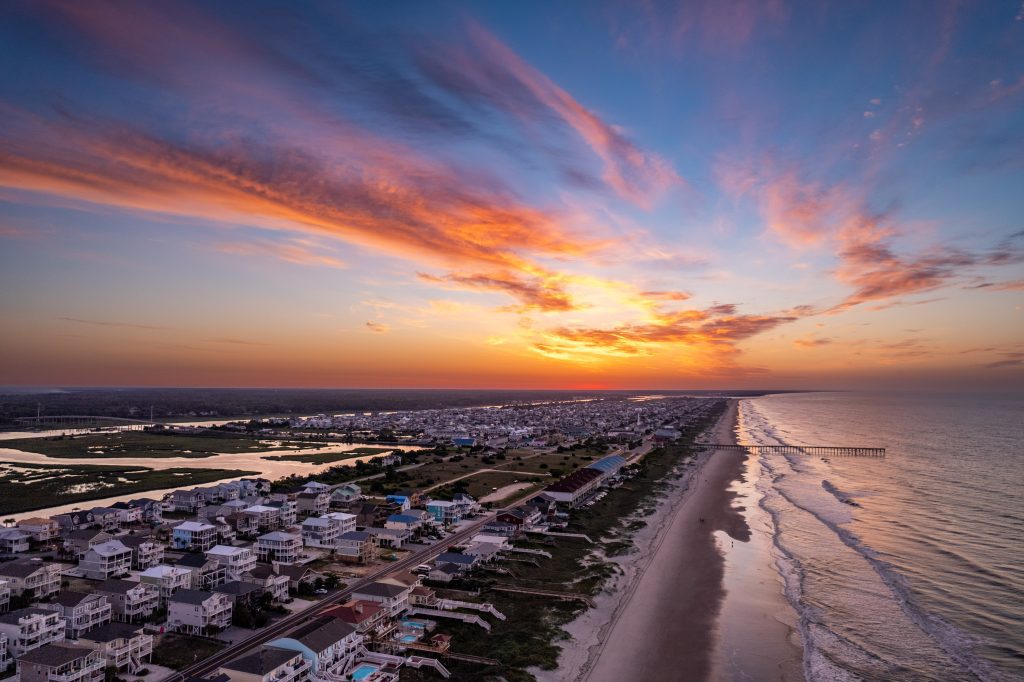
5. Enhanced Storytelling
Storytelling is at the heart of marketing and content creation. Drones enable storytellers to add depth and dimension to their narratives. Aerial shots can establish a sense of place, emphasize scale, or create dramatic tension in a storyline. Whether showcasing a luxury vacation destination or highlighting the construction progress of a skyscraper, drone photography enhances the storytelling experience.
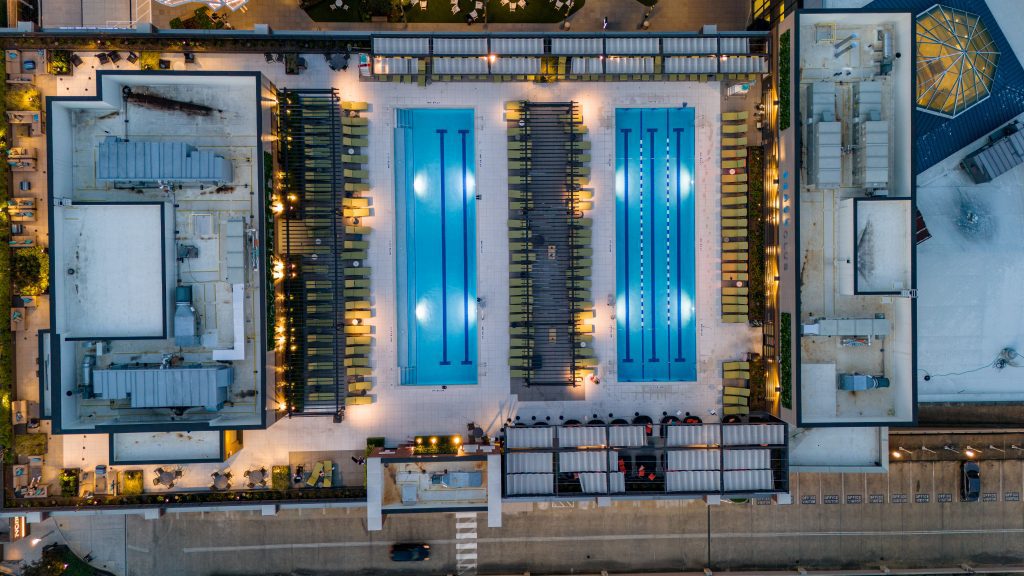
6. Increased Accessibility
Drones have made it possible to access remote and hard-to-reach locations, capturing images and videos that were once difficult or even impossible to obtain. This accessibility opens up new possibilities for showcasing the beauty of nature, the grandeur of architecture, and the uniqueness of different cultures, all of which can be leveraged for storytelling and marketing purposes.
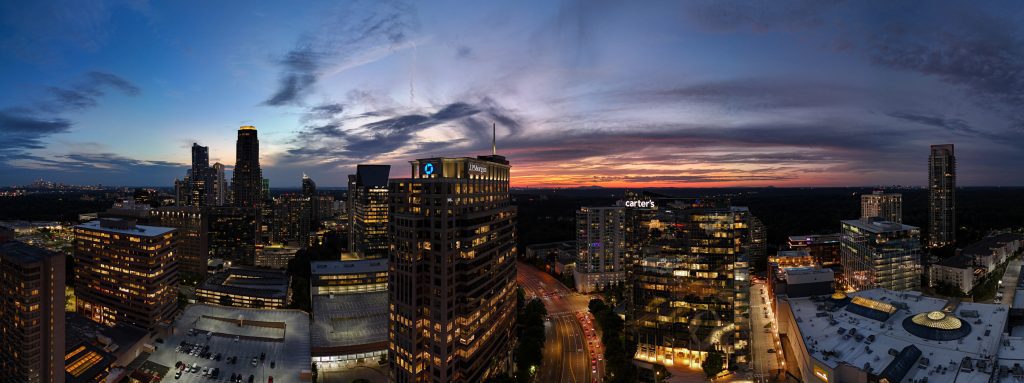
7. Social Media Appeal
In today’s social media-driven world, striking visuals are crucial for engagement and virality. Drone photos and videos are tailor-made for platforms like Instagram, YouTube, and TikTok, where they can quickly gain attention and traction. Marketers and influencers have embraced drone content to stand out in the digital landscape.
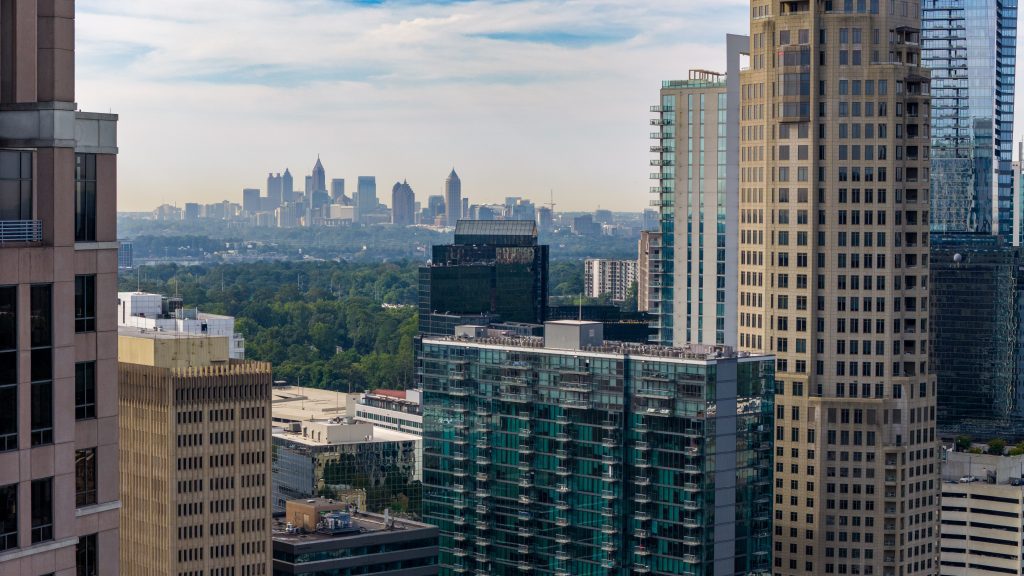
8. Competitive Advantage
In a competitive market, staying ahead of the curve is essential. Those who embrace drone photography gain a competitive advantage by offering something different and visually captivating. It allows businesses to showcase their products or services in a way that sets them apart from the competition.
In conclusion, drone photography has become an indispensable tool in storytelling and marketing for its ability to provide a fresh perspective, engage audiences visually and emotionally, offer versatility, and do so cost-effectively. Its capacity to enhance storytelling, increase accessibility, cater to social media trends, and provide a competitive edge makes it a must-have in the modern content creator’s toolkit. As technology evolves, we can only expect drone photography to become even more integrated into our storytelling and marketing efforts, helping us reach new heights in creativity and engagement.


